“Using your breathing to facilitate patience does not mean that you won’t have any stress, but it means that your stress will side on eu-stress, or productive stress, rather than negative or debilitating stress”

Dear Integral Meditators,
The article below is a personal reflection on my current situation. It outlines a way of using your breathing to be patient and calm, and using the patience to then be productive. If you get these fundamentals right, it can be life changing!
Quick heads up for the weekly classes which will be re-starting next week with The Wisdom of Awakening Series: Meditations for developing wisdom around inner-growth, happiness & fulfillment starts on Aug 15th/16th.
In the spirit of patient creativity,
Toby
On patience, productivity & the breathing
This article outlines a way of using your breathing to be patient and calm, and using the patience to then be productive. If you get these fundamentals right, it can be life changing!
I’ve been on holiday with my toddler for the last 10 days or so without my wife. As a solo parent with a toddler, it can actually be quite stressful and frustrating being on holiday. The routine of the child is interrupted, familiar surroundings are interrupted and so getting anything constructive done beyond the bare minimum is quite tricky. Each day I have had a certain amount of work to do, and only a small, non-fixed window of time to do it in. So, this means that I must take it when I can!
In order to do that however, I need to arrive at my work window un-strained and reasonably calm, otherwise I’ll just use quite a bit of my ‘work’ time de-stressing and getting in the mood to work, rather than actually working.
The way I’ve been doing this on this holiday has been simply regulating my breathing in an informal way as I’m going about the day and parenting duties. As one of my favourite coaches Scott Sonnon says:
“Nearly half of all stress-regulation, attentional stamina, and calmness are accomplished merely by paying attention to what breathing sensations feel like”
With this principle I mind, I’ve been simply being mindful of my breathing, focusing on good ‘breathing form’ and letting that process modulate my mental, emotional, and physical stress, so that when I arrive at my work window, or find an opportunity to really relax and enjoy the holiday, my body-mind is in a state to really take advantage of the opportunity!
Below are seven basic aspects of Qi Gong breathing as I teach in my Qi gong classes. To begin with you will have to practice each aspect separately, in order to get a feel for it, but after a while you will find that you can combine all the features into a smooth cycle of breathing without having to exert effort. Using these pointers, you can be checking in on your breathing and using good breathing form to help regulate your stress as you go through your day.
This does not mean that you won’t have any stress, but it means that your stress will side on eu-stress, or productive stress, rather than negative or debilitating stress.
1. Breathe in through the nose and out through the mouth*. The tip of the tongue should be placed on the palette behind the top front teeth.
*Specifically when practicing formal Qi Gong exercises – In daily life breathing in and out through the nose is generally recommended if possible.
2. Breathe into the belly. This means, as you breathe in, you are directing air down into the bottom of the lungs, so that you can feel your diaphragm expanding downward, and exerting a gentle pressure on the abdominal organs.
3. Breathe in to about 60-70% of your lung capacity, not to shallow, not too deep. Do not breathe in more deeply than is comfortable and relaxing.
4. When inhaling, as well as directing the air down into the bottom of the lungs, try also to utilize the sides, the front and the back of your lower-mid lungs. This means that as you inhale you can feel the front, back and sides of your lower and mid ribcage gently expanding. Then as you exhale you will feel your ribcage contracting accordingly.
5. As you inhale, gently (no more than 40% strength) contract the muscles in the perineum, so that you can feel your pelvic floor rising and becoming firm. As you do this you will feel a gentle squeeze or pressure being exerted upon the abdominal organs as the diaphragm pushes down on them from above, and the pelvic floor rises from below. You don’t need to do this all the time during the day, but regular ‘sets of 3-6’ are really helpful.
6. Make your breathing regular and balanced. Below is one Qi gong method, it is an example, not the only option you might choose!
Make quality of the breathing should be smooth, gentle and continuous, without a gap or break between the inhalation and the exhalation. This is called circular, or wave breathing. In the same way that as soon as a wave has broken upon the shore it begins to ebb and be absorbed back into the ocean, as soon as we have reached the peak of our inhalation, we should begin our exhalation. Likewise, at the end of the exhalation, we should begin the inhalation immediately and smoothly with no break between.
7. Combine your breathing with your movement. For example, if you are walking, co-ordinate your inhaling and exhaling with your stepping. There is a lot of possible depth and variation in this subject, but it can be done in simple ways right away.
Related articles: Four functional breathing techniques
© Toby Ouvry 2023, you are welcome to use or share this article, but please cite Toby as the source and include reference to his website www.tobyouvry.com
Integral Meditation Asia
Online Courses * 1:1 Coaching * Books * Live Workshops * Corporate Mindfulness Training *Life-Coaching * Meditation Technology
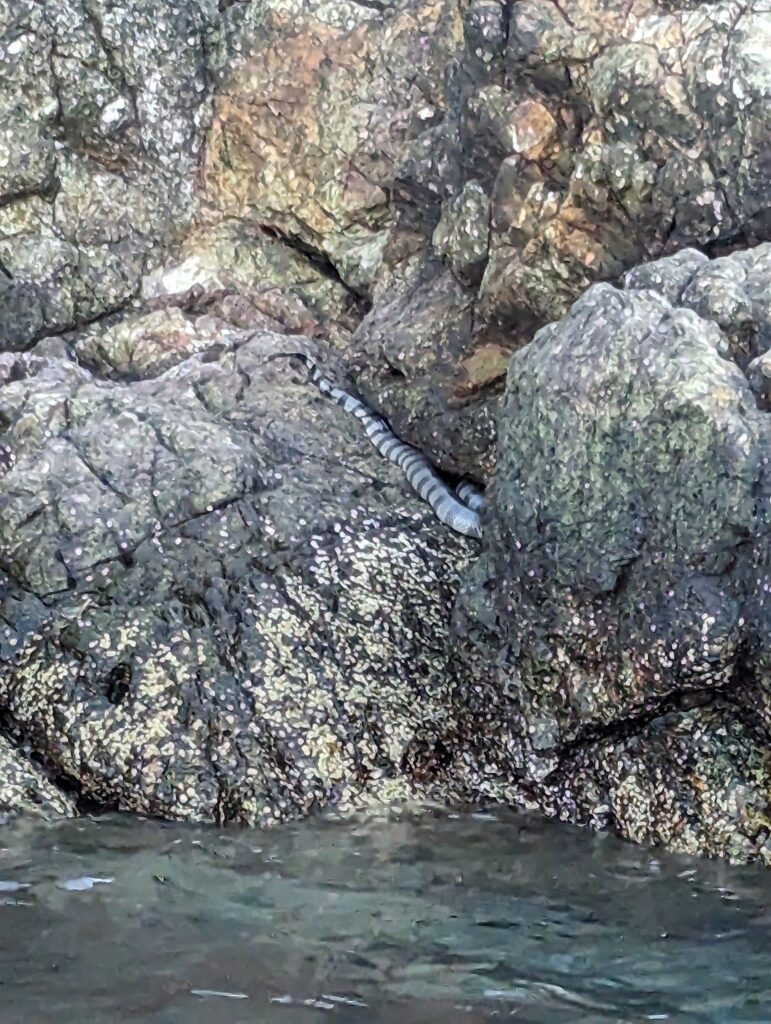
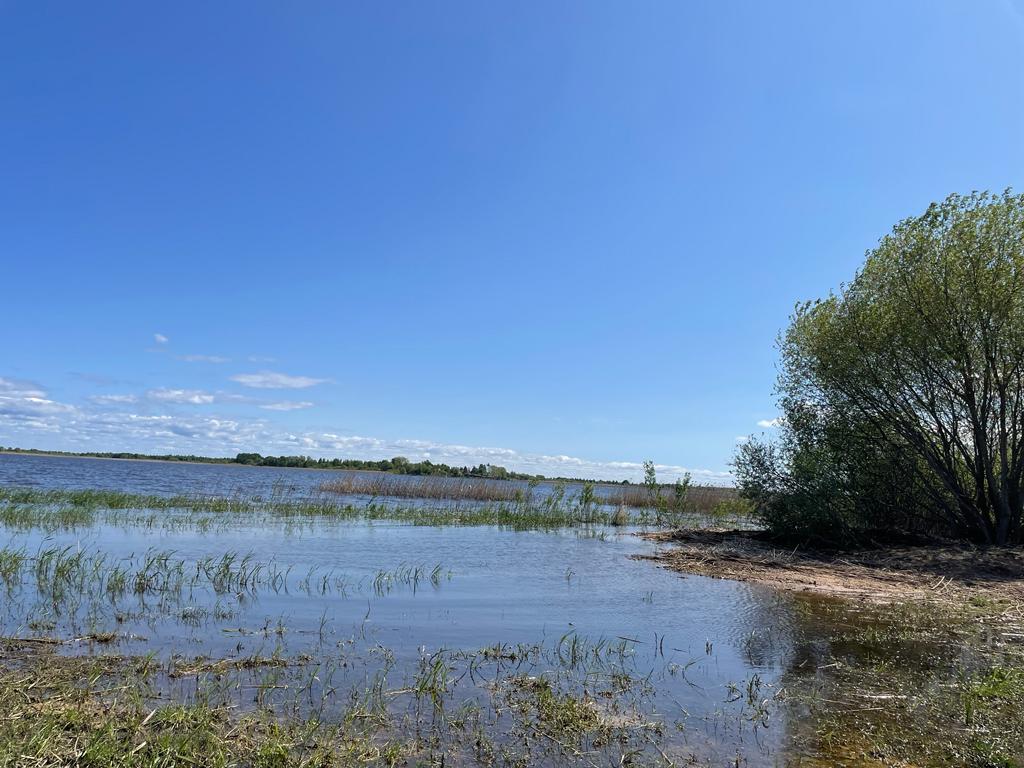

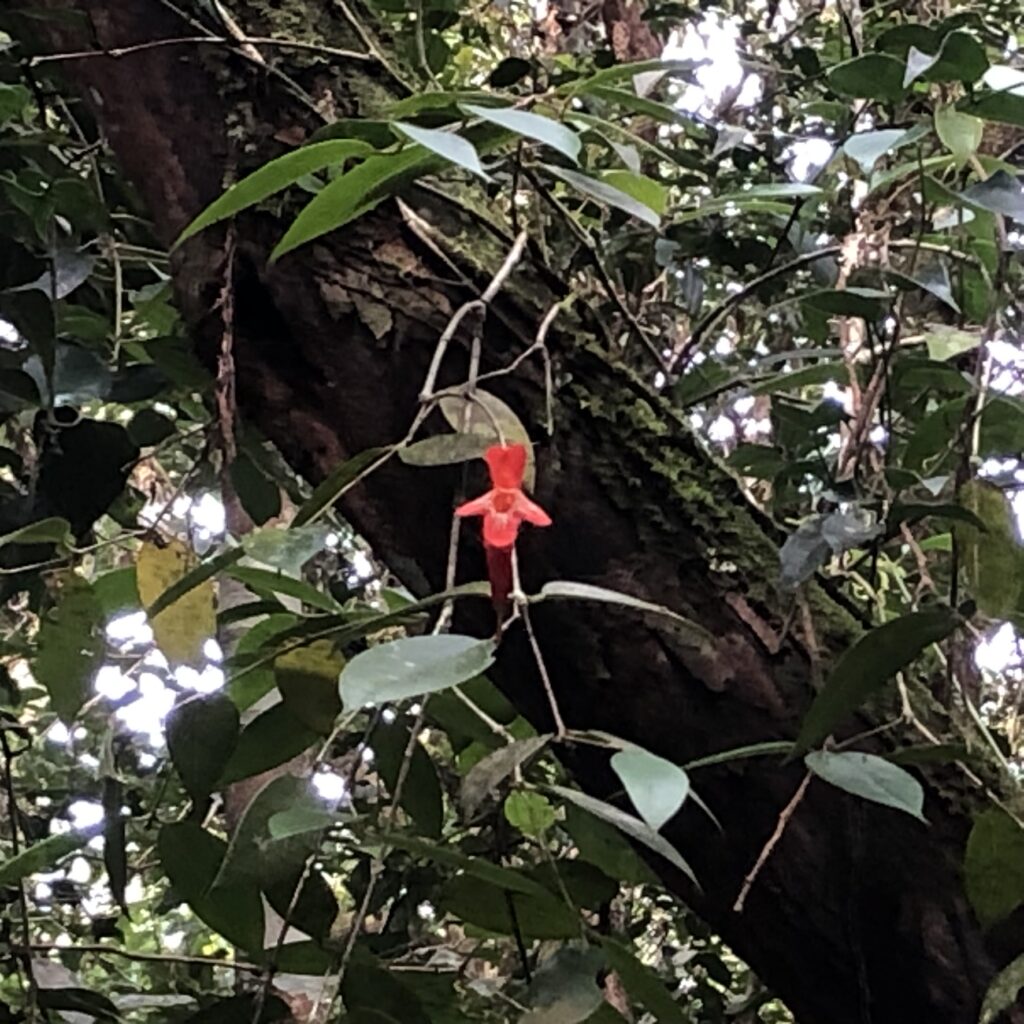
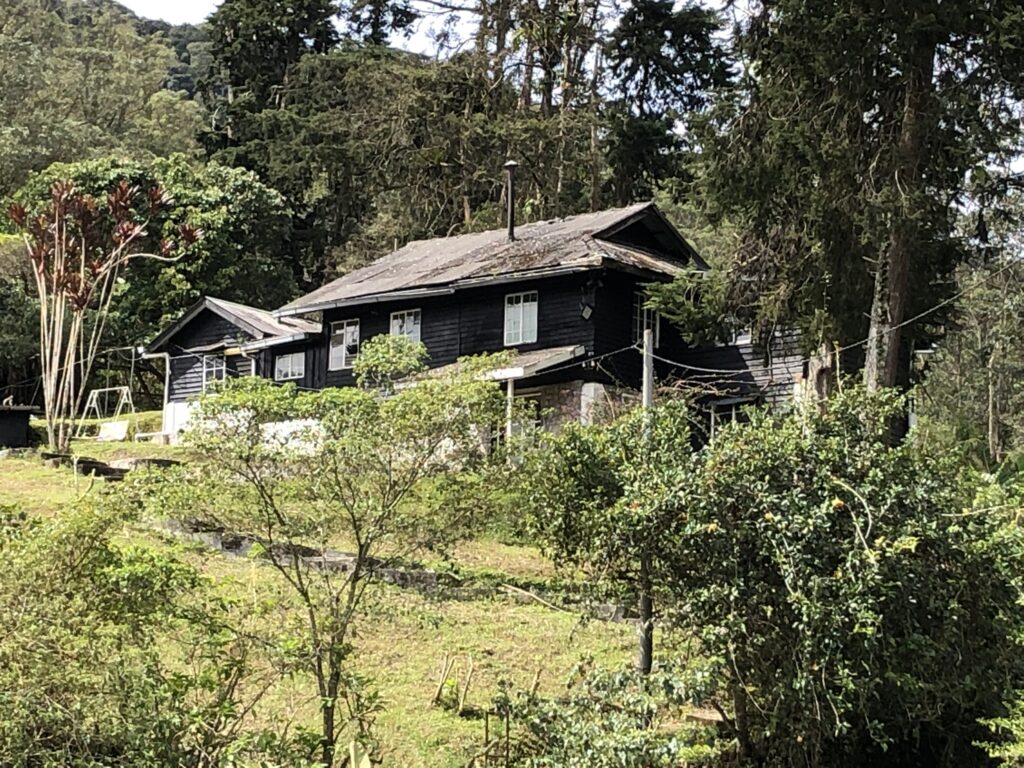
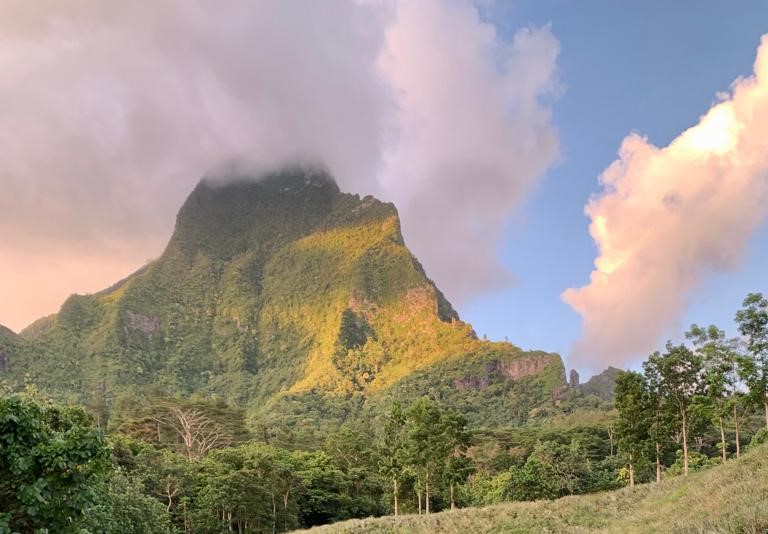
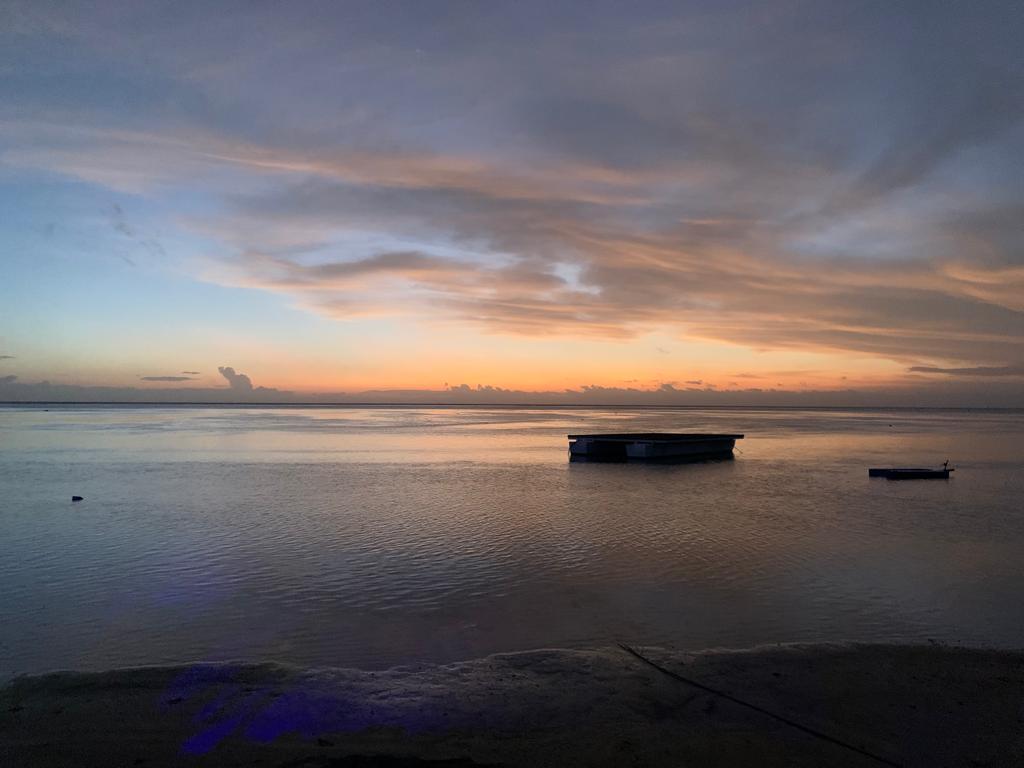
 Dear Integral Meditators,
Dear Integral Meditators,


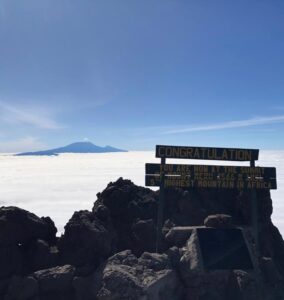 Dear Toby,
Dear Toby,